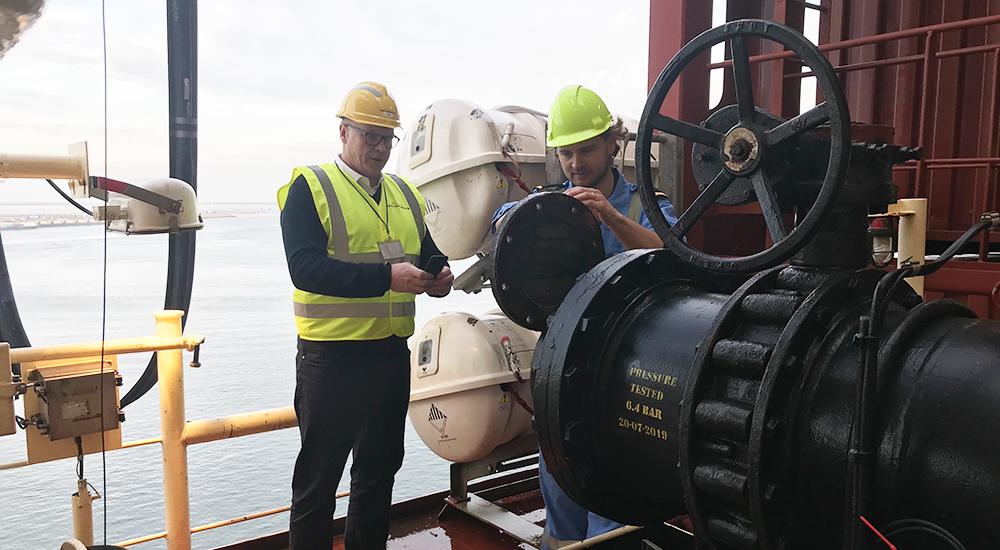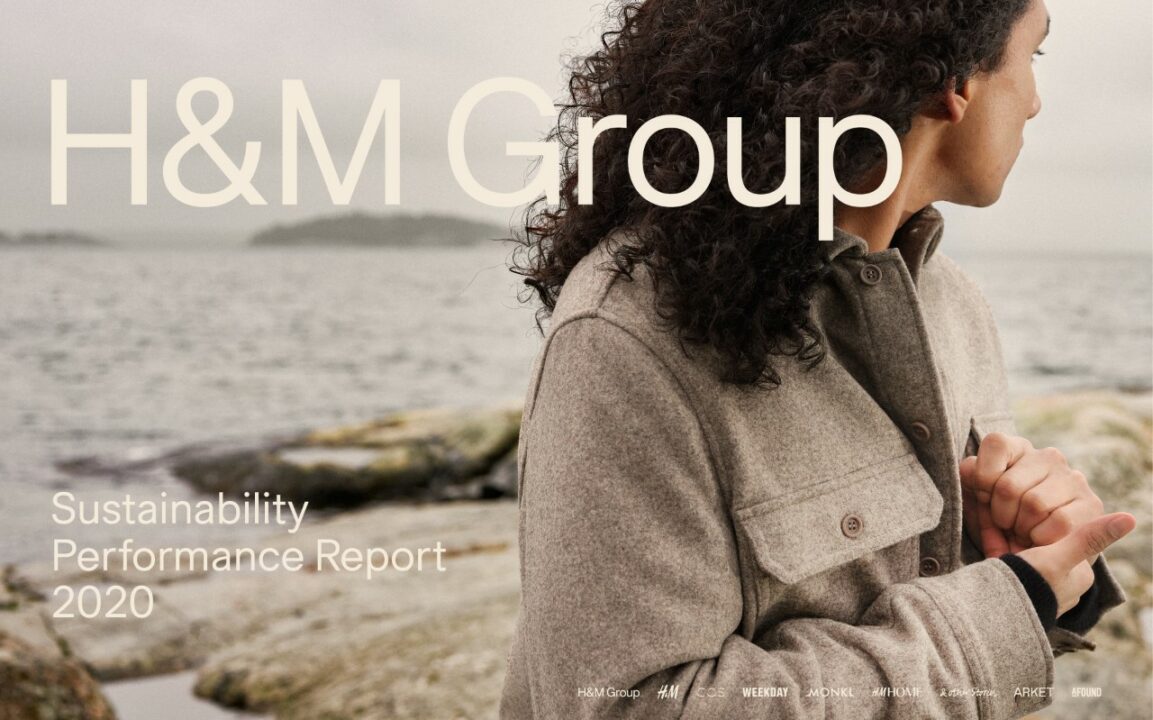The fashion industry is at a crossroads where companies have to start taking financial responsibility for their emissions. Despite the challenges caused by the Covid-19 pandemic, H&M Group advanced its efforts in 2020 to take responsibility for the true cost of the group’s climate impact – by aiming to put a price on emissions.
Our Stories
“Putting a price on carbon will be a game changer for us”

Kim Hellström, Strategy Lead, Climate and Water at H&M Group.
2020 was a difficult year, with the global pandemic causing disruptions for many companies including H&M Group. “Covid-19 was an eye-opener for us and we learned how to be flexible and react quicker – and we didn’t stand still regarding the climate”, says Kim Hellström, Strategy Lead, Climate and Water for H&M Group.
Among the climate activities in 2020 was a massive retrofitting to LED lighting in 281 stores in 20 countries to increase energy efficiency. There was also the scaling up of Maersk Eco Delivery, the shipping giant’s carbon-neutral biofuel made from waste cooking oil. The new oil, which enables companies to cut down on their carbon footprint in transportation, accounted for 20% of H&M Group’s total shipping volume for the year.

By using sustainable biofuel, H&M Group is seeking to reduce carbon footprint in transportation.
Translating emissions into a financial cost
Another important step in 2020 towards H&M Group’s 2040 goal of becoming climate positive, was the development of an internal carbon pricing model and tool.
Internal carbon pricing will help to quantify costs for the emissions from the different decisions taken by the group – for instance when designing, producing and selling a product. By directly connecting emissions to a price on carbon, product developers at H&M Group can make more informed decisions when choosing where to produce an item or what material to use.

We are really connecting the dots now. Translating emissions into a financial cost is a super efficient way to reduce emissions through practical actions.

Working with this tool will raise company-wide awareness of the real cost of carbon and lead to a reduced climate impact without affecting the final cost for customers.
“We are really connecting the dots now”, Kim Hellström says. “Carbon pricing will be a game changer for us, affecting how we work and helping us lower our emissions. Translating emissions into a financial cost is a super efficient way to reduce emissions through practical actions”.
During the year, a decision was also taken to form a green investment team, responsible for managing climate-related funds. The team will invest the funds in various climate initiatives and projects to reduce future CO2 emissions in the supply chain, Kim Hellström explains.
Part of the company is solely focused on making good investments where the ROI is CO2 reductions.
“This means that a part of the company is solely focused on making good investments where the ROI (Return On Investment) is CO2 reductions. We find out where we can get the biggest emission reductions and that is where we put our money”.
Kim Hellström believes the fashion industry is at a crossroads where companies have to start taking financial responsibility for their emissions or risk being left behind by customers.
“It’s a bumpy road ahead but we have started taking actions through carbon pricing and our green investment team. Companies that haven’t started their journey will have an even bumpier road ahead”, he says.


